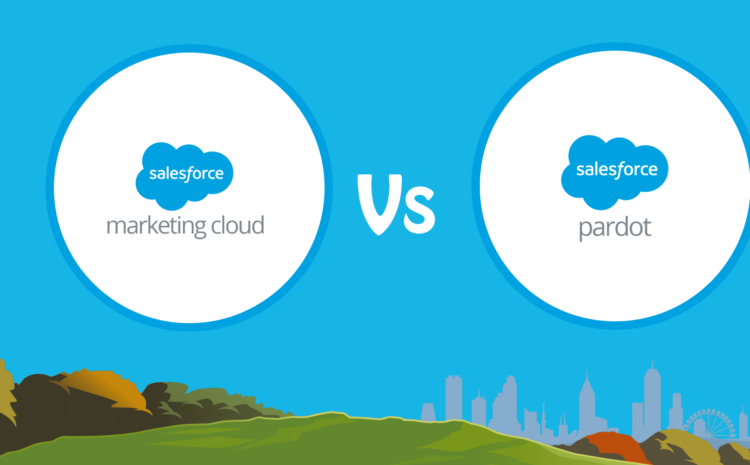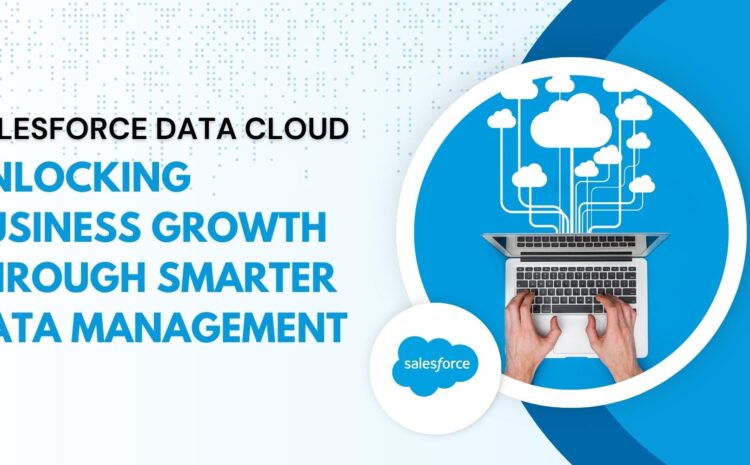Zero-Copy Integration in Salesforce enables faster data processing, reduces costs, improves accuracy, and scales efficiently by eliminating duplicate data transfers, boosting overall business growth.
Hi, everyone! Welcome to our blog on Innovative Business Solutions! Grab a coffee, and let’s explore how Zero-Copy Integration in Salesforce can streamline data management, cut costs, and boost business growth. In a hurry? Skip to the summary at the end!
In today’s fast-paced business environment, the ability to access and manage data efficiently can make or break an organization. As data continues to grow exponentially, traditional methods of handling data, like creating multiple copies, can slow down operations, increase costs, and create unnecessary complexities. Enter Zero-Copy Integration, a game-changing concept that is transforming how businesses manage their data.
In this blog, we will explore what Zero-Copy Integration is, how it works within Salesforce, and how it can drive growth by improving operational efficiency, reducing costs, and enhancing scalability.
What is Zero-Copy Integration?
Zero-Copy Integration refers to the method of data processing where data is transferred between systems or applications without the need to create a copy. Instead of duplicating the data each time it’s accessed or shared between platforms, the data is seamlessly integrated and accessed in its original location. This is a more efficient, secure, and streamlined approach to data management compared to traditional methods that involve copying data between various systems.
In the context of Salesforce, this means that data from external systems or internal processes can be shared, viewed, and utilized across the Salesforce ecosystem without creating additional copies. As Salesforce is often a hub for customer relationship management (CRM), sales data, marketing campaigns, and business analytics, zero-copy integration significantly enhances how this information flows within the organization.
How Zero-Copy Integration Works in Salesforce
Salesforce’s Zero-Copy Integration utilizes the following technologies and principles to allow for seamless data access:
1. API-Driven Integration: Salesforce uses APIs (Application Programming Interfaces) to allow external systems to communicate directly with Salesforce without creating duplicate data. These APIs provide real-time access to data from external platforms and enable Salesforce to interact with other systems without needing to store multiple copies of the same information.
2. Data Virtualization: Through data virtualization, Salesforce allows users to view and manipulate data from external sources as if it resides within Salesforce itself, but without the need to replicate the data. This process enables users to work with data in real time without creating storage overhead.
3. Streaming Data: Salesforce can also incorporate streaming data technologies to ensure that live, real-time data is available for business processes, decision-making, and reporting without needing to copy the data into Salesforce’s internal storage.
4. Data Integration Platforms: Salesforce can work with third-party data integration platforms (e.g., MuleSoft, a Salesforce-owned company) to create zero-copy architectures where data flows smoothly between Salesforce and other business systems. These platforms integrate various databases, CRMs, and external apps into one cohesive system without replicating data across platforms.
The Benefits of Zero-Copy Integration in Salesforce
Now that we understand how Zero-Copy Integration works in Salesforce, let’s look at how it can benefit businesses, especially in terms of growth and efficiency.
1. Faster Data Processing
Zero-Copy Integration eliminates the need for redundant data transfers, which speeds up the process of accessing and processing data. Businesses can access real-time data without delays caused by duplicating and synchronizing information. Faster access to data translates into quicker insights, which can be crucial for making time-sensitive decisions.
In a sales or customer service scenario, for example, being able to instantly access a customer’s information from different systems without delays can lead to quicker resolution times, better service, and improved customer satisfaction. This streamlined workflow also enhances employee productivity and reduces inefficiencies.
2. Reduced Costs
One of the biggest advantages of Zero-Copy Integration is the reduction in costs associated with data storage and management. When businesses avoid duplicating data across multiple systems, they save on storage infrastructure, maintenance, and administrative costs. This is particularly important for large enterprises that manage vast amounts of data, such as customer records, sales transactions, and analytics.
With Salesforce, businesses can focus on storing and managing only the data they need, without worrying about duplicating information in multiple places. The ability to work with data directly from its source without replication also reduces the need for manual data management tasks, saving both time and money.
3. Improved Data Consistency and Accuracy
When multiple copies of data exist in different systems, there is always a risk of discrepancies or outdated information. This can lead to confusion, errors, and poor decision-making. With Zero-Copy Integration, businesses eliminate the risk of working with outdated or incorrect data. Since the data is accessed from a single source, it ensures that all platforms and users are working with the most up-to-date information.
In Salesforce, this translates into more accurate reporting, better forecasting, and improved decision-making. Sales teams, for example, can trust that the data they are working with is accurate and current, leading to more effective sales strategies and planning.
4. Scalability
As businesses grow, so do their data needs. Zero-Copy Integration makes it easier for businesses to scale without worrying about how their data infrastructure will handle increased volumes of data. By avoiding the need to replicate data, Salesforce’s zero-copy approach ensures that as data volumes increase, the system remains efficient and responsive.
This is particularly valuable for growing businesses or enterprises that experience spikes in data traffic. Whether it’s scaling sales operations, marketing campaigns, or customer service initiatives, Zero-Copy Integration enables Salesforce to keep pace with business growth without creating data management bottlenecks.
5. Enhanced Performance
Zero-Copy Integration contributes to overall system performance by reducing the load on databases and storage systems. With less duplication of data and more streamlined processes, the performance of Salesforce and other integrated systems is significantly enhanced. This improved performance results in faster application speeds, smoother user experiences, and more reliable operations.
Zero-Copy Integration in Salesforce is a powerful tool for businesses looking to optimize their data management processes, reduce costs, and scale efficiently. By eliminating the need to duplicate data, businesses can streamline their operations, improve data accuracy, and enhance performance. As data continues to grow in importance and volume, Salesforce’s zero-copy architecture will be a key driver for businesses aiming for sustainable growth.
Hope you enjoyed this post! While you’re here, and in a reading mood, why not check out a few of our other pieces? We have several blog posts on Cloud Technologies, Salesforce CRM, AI, Salesforce CPQ, Zoho, Bitcoin, Cybersecurity and many other topics that we just know you’ll love. Browse the topics here.



